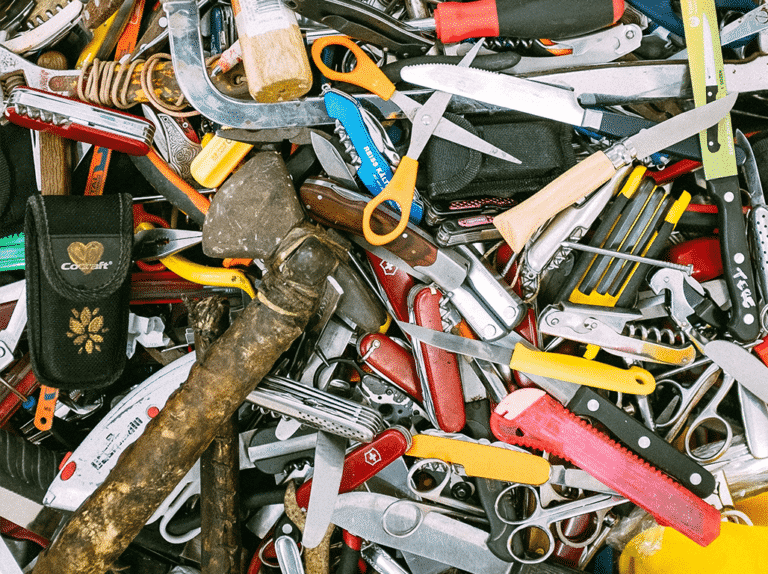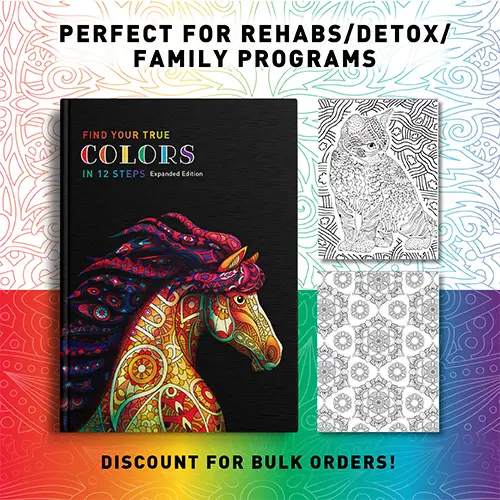Do you have hoarding disorder? You may think others are messy, but what about your own tendencies to collect and save? When does the pleasure of getting and keeping become unmanageable? Do you know people who are messy or keep all their clothes from second grade on? That’s not hoarding. How about the people who have their garages and yards filled with odds and ends they think they might need sometime but never do?
My grandmother hoarded tin foil and used paper towels just in case we had another depression. She didn’t need an intervention for it. Hoarding is considered to be a compulsion, kind of like an addiction which is a disease of brain reward. In this case, you keep doing it until you’re literally buried alive.
There are three kinds of hoarding, and you have to have all three kinds to merit the diagnosis of hoarding disorder. What is the meaning of hoarding?
Hoarding Definition
Hoarding disorder is characterized by an ongoing resistance to discarding one’s belongings, even those with no value, like junk mail, old newspapers, and materials that most people would consider to be garbage. Hoarders also hold on to personal possessions that they no longer use, either because they feel emotionally attached to these items or because they believe they will need them in the future. Psychology Today
More than 21 million people suffer from hoarding disorder in the US today
So here are the three kinds of hoarding that are required to meet the standard for diagnosis.
Standardized
- Indiscriminate hoarding means saving everything
- Discriminate hoarding means you may have one or two areas of collecting and saving
- Combined hoarding is when discriminate hoarding exceeds the person’s ability to manage desired items from the everyday clutter in their environment.
Diogenes Syndrome is a behavioral disorder that is often found in our aging population . It occurs in both men and women. The main symptoms are excessive hoarding, dirty homes, and poor personal hygiene. People with Diogenes syndrome also withdraw from life and society.
Animal Hoarding is when people collect animals and don’t have the means to take care of them. This is an unsafe condition for both the humans who have it and the animals that are not properly cared for.
Hoarding is more than a mental health issue
Hoarding can also become a legal, personal, and public health and safety issue. Without identification and treatment, people living with Hoarding Disorder are at higher risk to experience further deterioration to both their mental health status as well as their living conditions. Without hoarding-informed supportive interventions they can put themselves and others at risk.
Hoarding versus Cluttering
Hoarding and cluttering are often used interchangeably. There are two differences:
1. Clutterers are more likely to discard things more easily.
2. Their clutter does not debilitate their lives to the same degree.
Here’s what we don’t know. Is cluttering a stage in the life cycle of hoarding? Of course, Every person who has cluttering tendencies does not necessarily go on to hoard later in life. But creating clutter does tend to be the starting point. You decide. Is your clutter manageable?
https://reachoutrecovery.com/beat-chaos-habit/





















